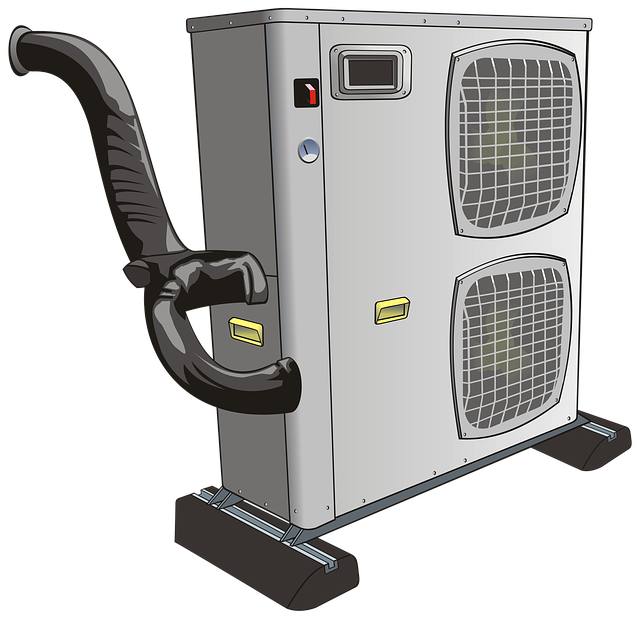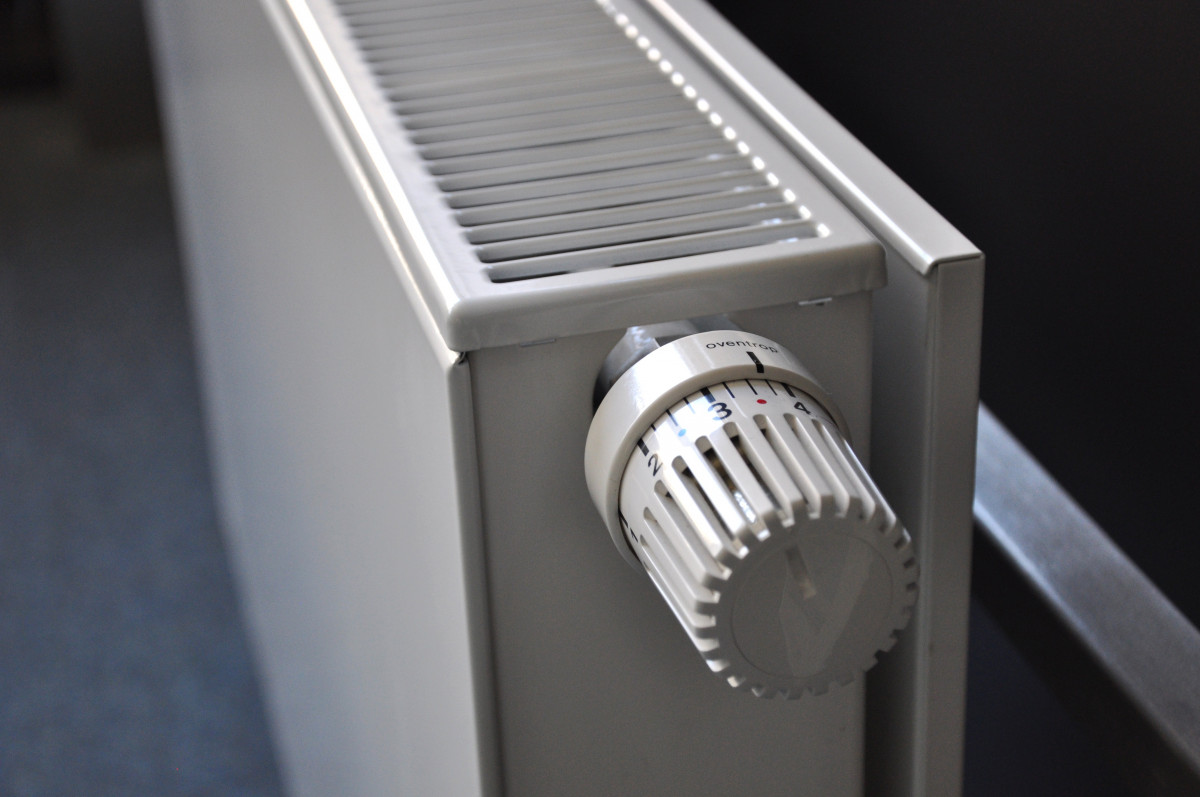Contents
How an inertia heater works
Advantages of the inertia radiator: the best comfort!
Disadvantages of the inertia radiator
The difference between dry inertia radiator and a fluid inertia radiator
The comfort of central heating and energy savings characterize the inertia radiator. It belongs to the family of electric radiators like ceramic fan heaters, convectors, radiant and infrared, and halogen.
Operation of the inertia radiator

For its operation, the inertia radiator exploits the inertia capacity of a solid or liquid material. There are several types of inertia radiators:
Dry inertia radiators: the electric resistances of the radiator heat a material capable of accumulating heat, either a cast iron block or a refractory material such as soapstone, high-density brick called refractory brick, ceramic, granite, or lava stone. With a fairly fast heating time, the vertical dry inertia radiator provides long and regular heat.
Fluid inertia radiators: the resistance heats a heat transfer liquid, oil (vegetable or mineral), or glycol (a petroleum derivative), which rotates in a closed circuit in the device.
Once turned off, the inertia heater can store and slowly release heat by radiation until it behaves for some as a permanent and stable hot spot. The larger the surface area of the facade, the greater the inertia of the radiator and the greater the amount of heat stored.
The inertia radiator heats 30% by convection and 70% by radiation.
You will also find them under the name of “central electric heating” because these radiators are designed to combine the simplicity of electricity and the comfort of central gas heating in lower energy consumption.
Advantages of the inertia radiator: the best comfort!
Inertia radiators have all the following advantages:
High inertia depends on the refractory material and the facade’s surface in contact with the air.
Thermal comfort:
– relatively fast heat-up;
– absence of brutal variation of temperatures;
– homogeneous and continuous heat: no sensation of cold feet.
Economical: the inertia heater continues to diffuse heat even when switched off.
Healthy: radiant heating does not dry out the air and does not displace dust.
Intelligent: inertia heaters are equipped with a thermostat, a regulation or a programming system, and sometimes a presence detector, allowing you to regulate their temperature according to your heating needs.
Easy to install and maintain: no central heating circuit or special maintenance is required.
Disadvantages of the inertia radiator
The inertia radiators have some disadvantages:
The principle of inertia is unsuitable for rooms requiring a very rapid temperature rise;
Its purchase price is a little higher than that of a radiant panel;
More cumbersome than a radiant panel or a convector;
Difference between dry inertia radiators and fluid inertia radiators
Inertia radiators are currently prevalent in the market of wall heating equipment sales.
The advantage of dry inertia radiators is that they use only solid materials, which are also natural. On the other hand, heat transfer fluids (much less natural mixtures) can sometimes cause leaks at the level of the welds and joints. Beware also of liquid noise due to condensation and expansion.
However, fluid radiators have better thermal performances than dry inertia radiators, as the immersion heater optimizes the exchanges with the metallic structure of the device.
Read more:
– What Does Installing a Gas Heater Involve?
– Floor Standing or Wall Mounted Heater?
– When Should I Replace My Heater?
– When Do You Know It Is Time to Change Your Heater?
– What Is a Low-Temperature Heater?
Hope the above gave you an idea of how an inertia heater works. Remember to share your opinion in the comments below.

